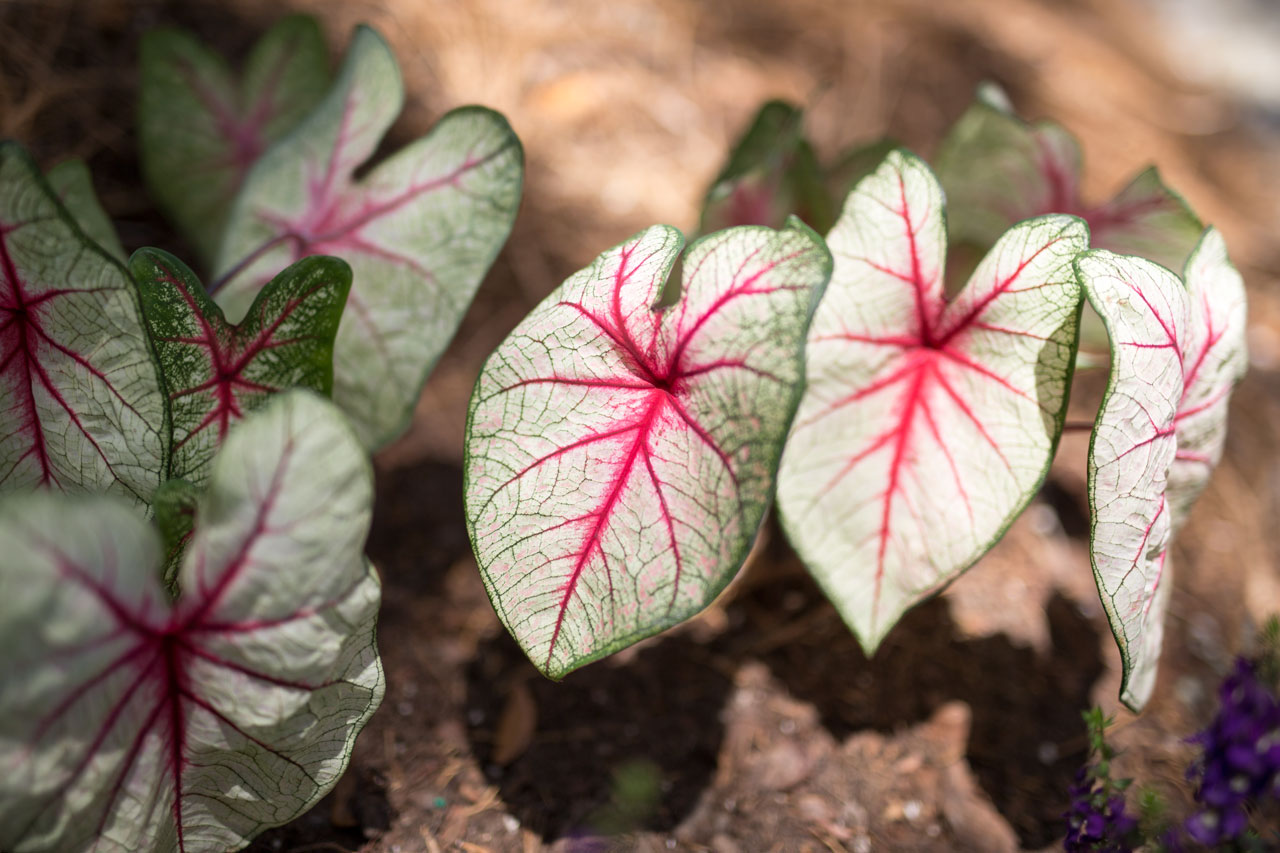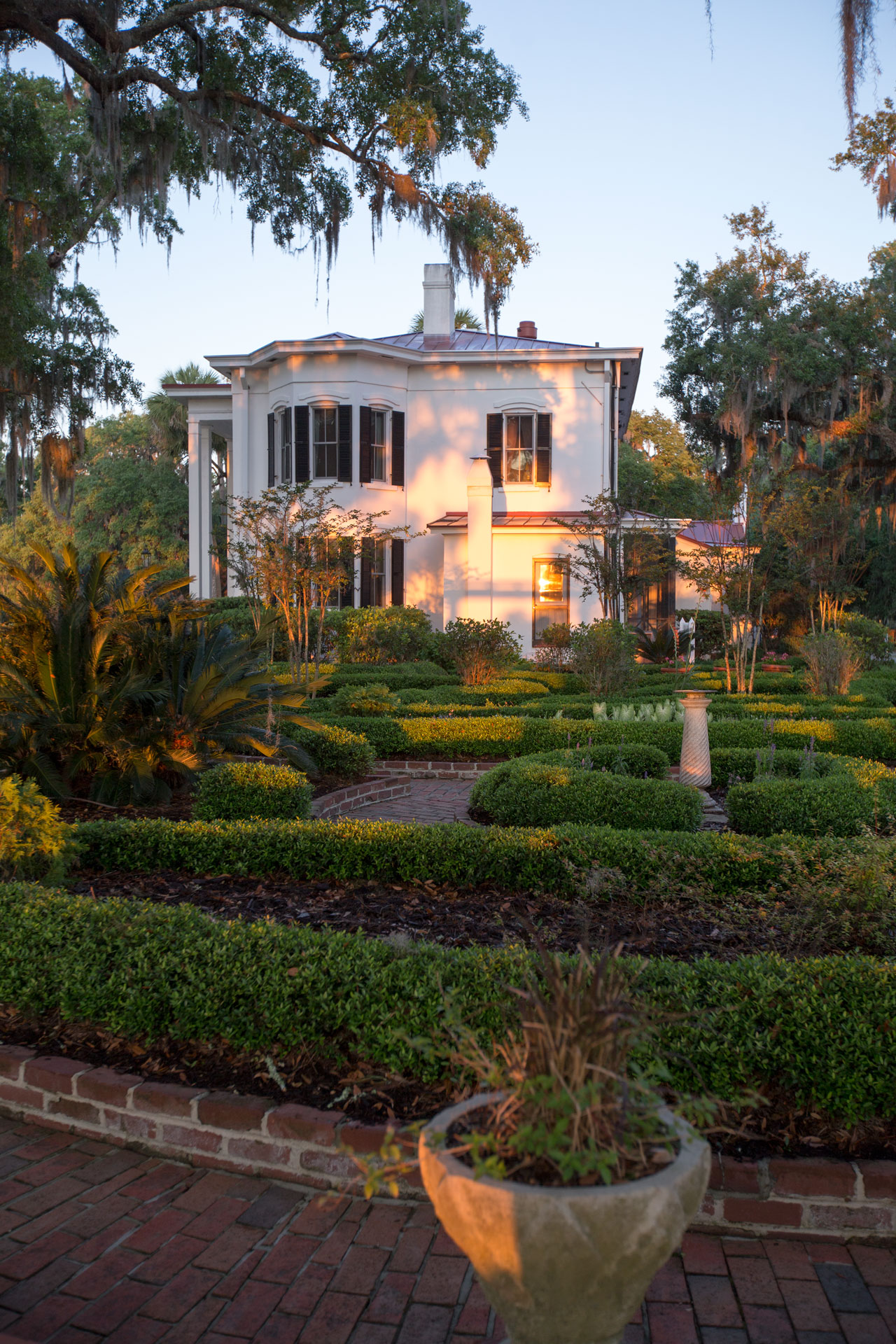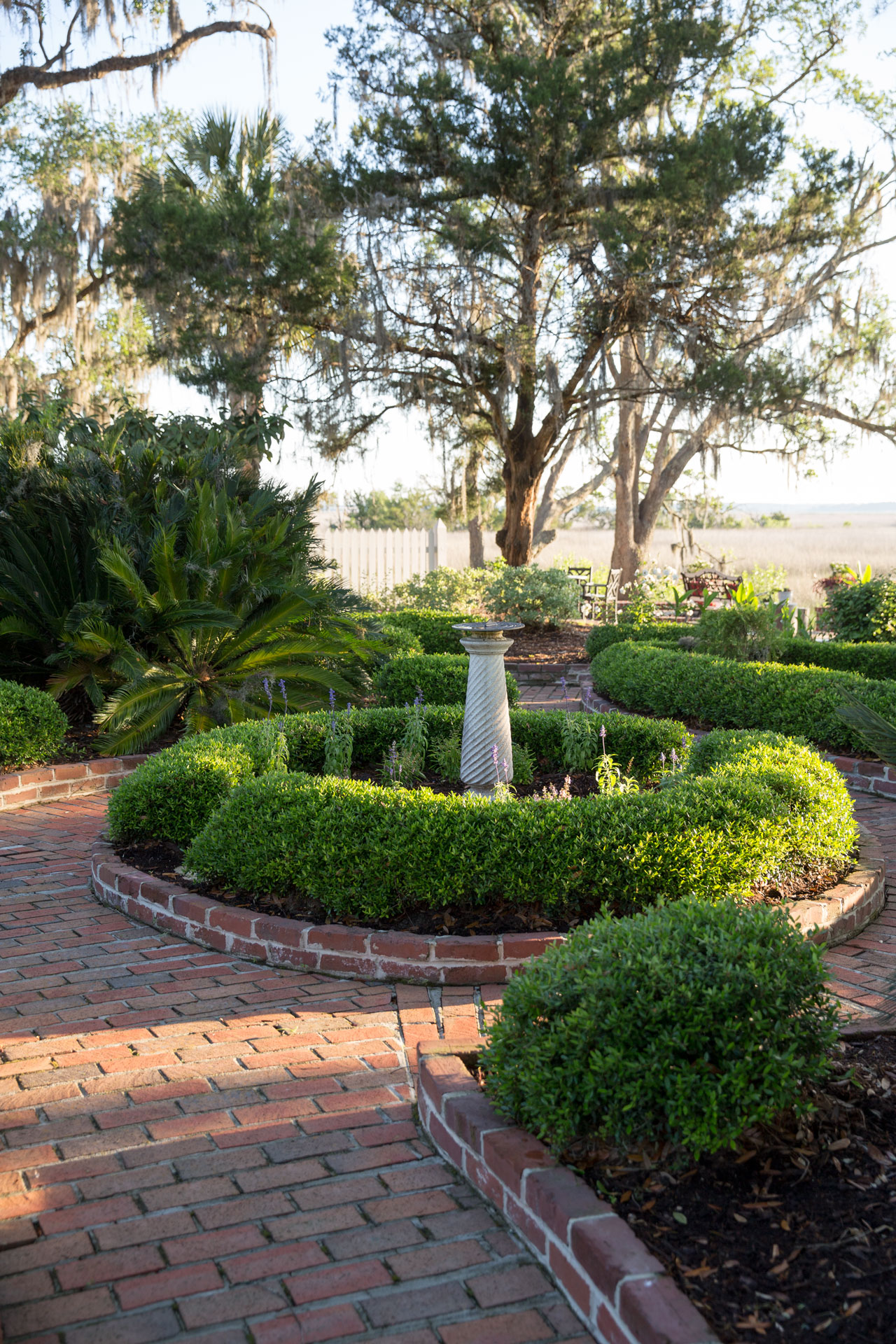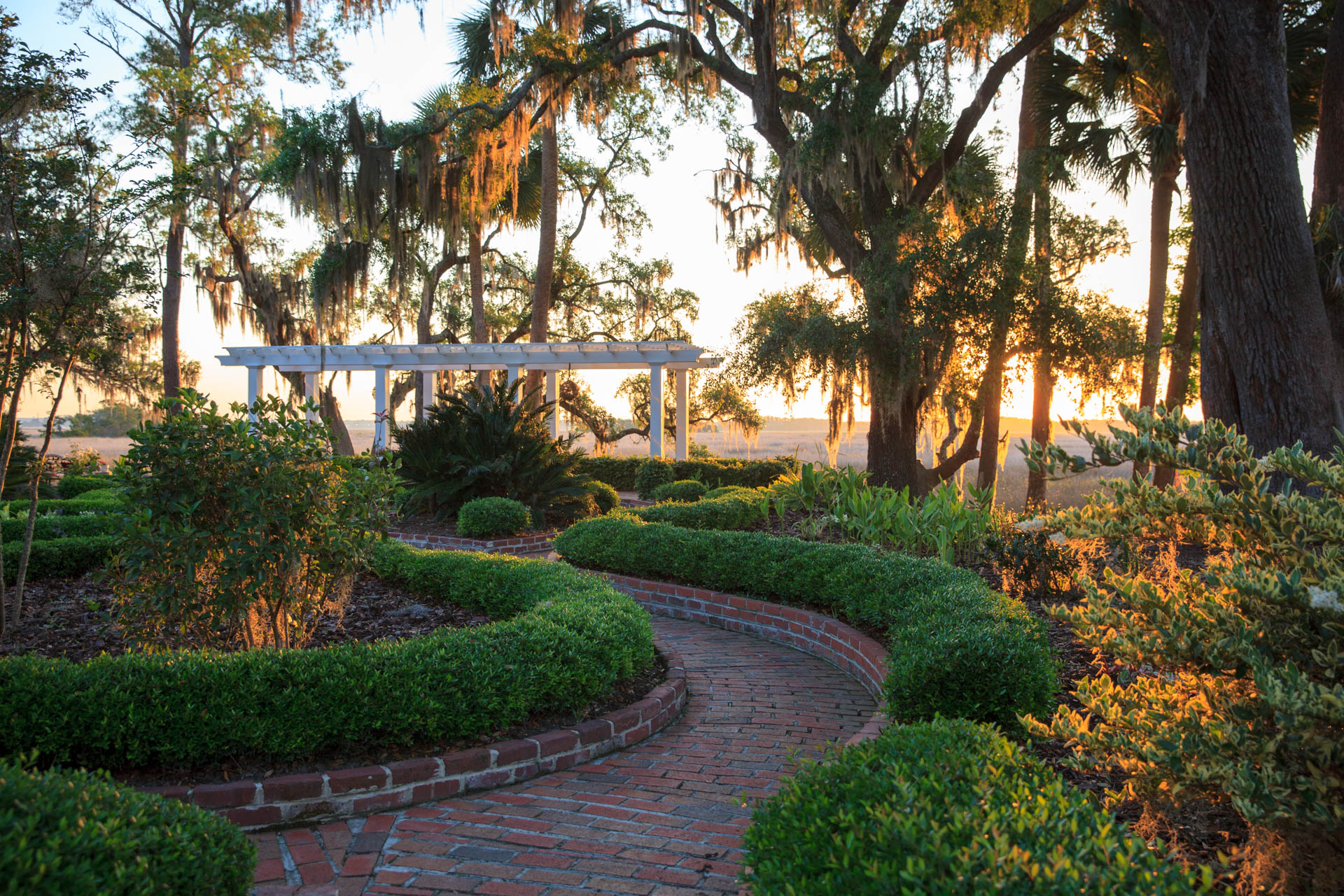


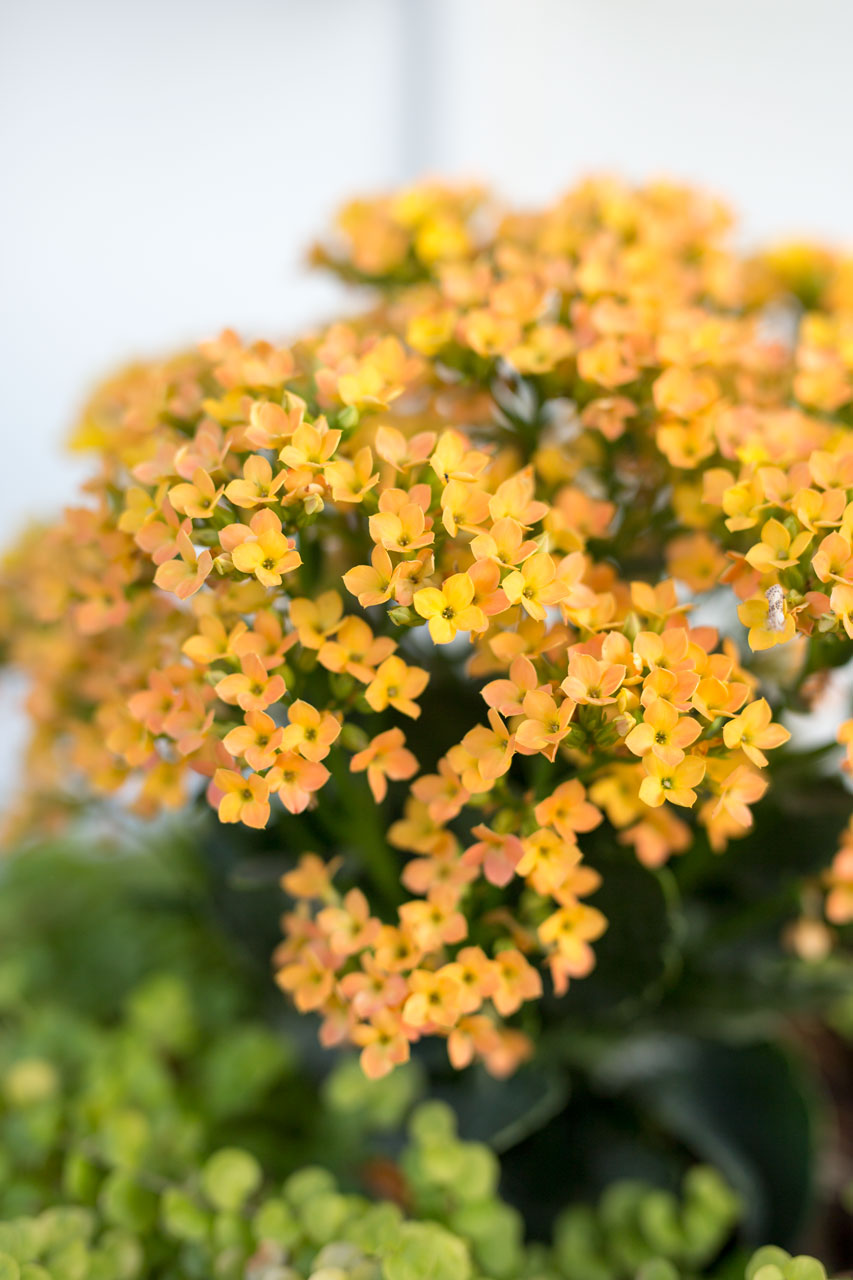

The Cheves Garden
15TH-CENTURY european style planted in the south
It isn’t known when this Parterre garden was first landscaped. Clues in its history and design suggest parts of it were laid out before the Civil War by one of the plantation's worldly and well-connected owners.
Exotic Imports
Grove Point has had a series of owners. It is not known for certain who originally commissioned the garden to the east of the Elliot House. However, there are strong theories.
It is suspected that either Dr. John R. Cheves, for whom the east garden is now named, or his predecessor Stephen Habersham were responsible for the feat. Both men were wealthy and well-connected. And both had exposure to a much larger world. They would have seen, first hand, the popular European gardening styles.
Cheves and Habersham were prosperous rice planters. Rice was a highly valued commodity during their time in both the United States and Europe alike. It is very certain that, as result of their trade, they would also have access to the latest introductions of the most prized and exotic plant materials. And, there would be no better place to showcase these exotic imports than in their plantation gardens.
A Melange of Styles
The beauty of the Grove Point gardens were recognized as the plantation changed hands. No owner has fully demolished the landscaping to start anew. Instead, only additions and modifications were made to the grounds to refresh the style. For that reason, it is difficult to pinpoint the exact beginning of the Cheves Garden's existence.
Newspaper articles from the 1940s and ‘50s allude to the possibility that the garden began during the Colonial Era. However, several large Live Oaks and Cabbage Palms symmetrically-placed around the Cheves Garden and Elliot House are strong characteristics of landscape design dating to the mid-19th century.
During the Antebellum Era grand homes were surrounded by similar, formal landscaping. Gardens, alongside symmetrically-placed shade trees, walkways and drives would give visitors an impressive view as they approached a home.The design and position of the Cheves Garden does not line up with the formal axis of the current house, built by Ralph Elliott in 1886. The current plan looks as though it was designed to enhance an earlier home—perhaps the one burnt by General Sherman—and was later adapted to connect to the newer construction.
Over the years, styles have changed, and many of the original trees, shrubs and flowers have disappeared. But enough plants still remain to tell an intriguing story.
According to 20th century newspaper accounts, William Murphy, who owned the plantation after Ralph Elliott, further “developed the gardens and cultivated the old plants” that were already there. Two sections of the Cheves Garden were most definitely planted many years apart. The section closest to the marsh has a circular plan that is crossed by two arcs of the same circumference. Those arcs form four planting beds with a smaller circle in the center. The circle is symmetrical and has a clear central axis that faces east/west. This is an unusual design, which appears to have no local precedent. The later section of the garden, which is closer to the house, consists of four larger beds of different sizes. The beds and walkways of this section are not symmetrical and are off-axis with the circular section to the east.
George A. Mercer, Jr. and his wife Bessie purchased the house in the 1940s. Bessie is documented to have opened the home and its gardens a Savannah tour in 1948. The focal point of the event was a large rose garden she planted behind the home. Her roses are no longer. However many of her other plantings survived, such as azaleas, hollies and camellias.
Over the years, styles have changed, and many of the original trees, shrubs and flowers have disappeared. But enough plants still remain to tell an intriguing story. Cheves Garden stands as the most persistent floral memorial to each owner by retaining signs of their contributions.
Entertaining in the Garden
The Cheves Garden served as the formal welcome for Grove Point’s visitors arriving from the river. Today, it continues to beckon guests with its natural splendor, making it an inviting location for intimate formal gatherings of up to 20 or casual groups up to 30. Dining options ranging from casual tapas and wine, or formal wine tastings and dinners are available.



